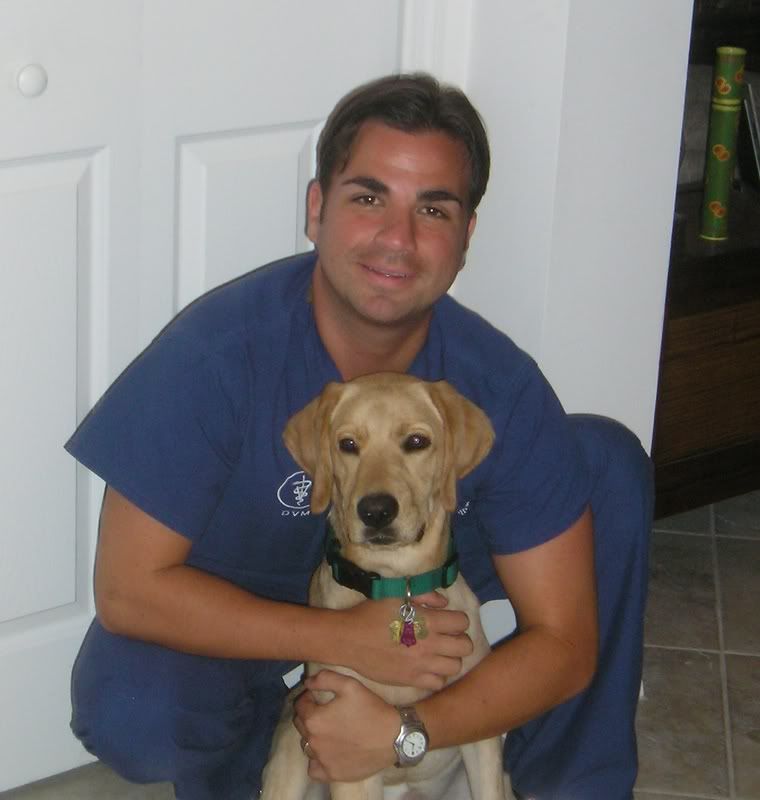With the uncomfortably high incidence of breast cancer in women, there is a great deal of awareness regarding prevention and early detection. What many people do not realize is that mammary or breast tumor development is even higher in female dogs, as high as 1 in 4 unspayed female dogs. For cats, mammary tumors are also quite common, with mammary cancer being the third most common type of cancer affecting unspayed females. These are staggeringly high numbers, yet awareness among female dog and cat owners is overwhelmingly lacking.
Mammary Tumors In Dogs
The good news is that mammary tumors are very preventable in female dogs by having them spayed before their first heat cycle. One can expect virtually zero risk of the development of mammary tumors in a female dog that is spayed prior to experiencing the first heat cycle. If a female dog is allowed to experience one heat cycle prior to the spay procedure, then the risk of developing mammary tumors increases to about 5%, still quite low. However, if a female dog is allowed to have more than one heat cycle, then the risk of mammary tumors goes up to 1 in 4.
Since female dogs will come into heat the first time before the age of 1, and given the fact that it is not recommended to breed an immature female dog for a variety of reasons, people must often choose between having a litter of puppies and prevention of a very common cancer. On the other hand, since the development and growth of mammary tumors is promoted by the presence female hormones, spaying at any age is still beneficial in preventing mammary tumors.
About one half of all mammary tumors are benign (not cancerous), which would fall into the category of mammary fibroadenoma, tumors that form out of the glandular portion of the mammary gland. Mixed mammary tumors with both glandular and non-glandular components, can present as either benign or malignant (cancerous).
Maligant varieties of mammary tumors induce mammary adenocarcinoma and inflammatory carcinoma. Inflammatory carcinoma is an especially aggressive form that has a high metastatic index (tendency to spread to other tissues), carrying the most poor prognosis of all mammary tumors.
As with people, early detection of tumors is paramount in offering the best prognosis with treatment. The sooner the detection, the more surgically removable a tumor is, the lesser the likelihood of spread to other tissues. As such, the mammary glands of the dog should be inspected by feel often, especially if one’s female dog falls into a high risk category based on spay status.
Unlike women who only have 2 mammaries, dogs have 10, along the ventral (underneath) surface of the torso, spanning from the groin area to the chest forward to just behind the front limb armpits. Each mammary has its own nipple. If one ever feels a nodule, firmness, or unusual swelling in thee areas, one should have the dog checked by a vet ASAP.
Diagnosis of mammary cancer is sometimes achievable through a non-surgical technique known as fine needle aspirate of a mass, which offers a diagnosis about 68% of the time. If fine needle aspirate is found to be diagnostically lacking, then a tissue sample known as a biopsy is necessary to confirm the diagnosis. In order to help determine whether or not a malignant mammary tumor has spread to other tissues at the time of diagnosis, chest and abdominal x-rays, and abdominal ultrasound are recommended.
Depending on the nature of a mammary tumor, treatment may not be necessary, surgery alone, or surgery in combination with chemotherapy. Benign and/or minimally aggressive mammary tumors may be treated surgically by removing a portion of the mammary gland along with the tumor, a procedure known as lumpectomy. Benign to medium grade malignant tumor are often treated more aggressively with removal of the entire gland, known as mastectomy. High grade or highly aggressive malignant mammary tumors typically require removal of the entire mammary chain and lymph nodes, a procedure called radical mastectomy.
Prognosis with treatment depends on the aggressiveness of the tumor(s) involved and degree of spread to other tissues at the time of diagnosis.
Mammary Tumors In Cats
Like dogs, mammary tumors in cats are very common, with mammary cancer being the third most common cancer affecting felines. Unlike dogs with about 50% of mammary tumors being malignant, in cats, mammary tumors are malignant 90% of the time, making prevention of these tumors and awareness for early detection even more important.
Similar to the canine, early spay in the feline is the single most significant determining factor in the risk of the development of mammary tumors. Spaying prior to 6 months of age reduces the risk of mammary cancer in cats by about 90%, while spaying prior to 1 year of age reduces the risk by 85%. Spaying before 2 years of age reduces the risk of mammary cancer by 10%, with no apparent reduction is risk in cats spayed after 2 years of age.
The types of mammary tumors most commonly found in cats are mammary adenocarcinoma and inflammatory carcinoma (see the canine section for descriptions of each type). Given the high malignant potential of mammary tumors in cats, more aggressive surgical techniques such as mastectomy (removal of the entire mammary gland) and radical mastectomy (removal of the entire chain of mammary glands and lymph nodes) are more commonly utilized.
Prognosis with treatment depends on the aggressiveness of the tumor(s) involved and degree of spread to other tissues at the time of diagnosis. For more aggressive malignant mammary tumors, the disease free interval following surgery can be increased by 75 to 100 days with conventional chemotherapy.
Wednesday, August 20, 2008
Subscribe to:
Post Comments (Atom)



No comments:
Post a Comment